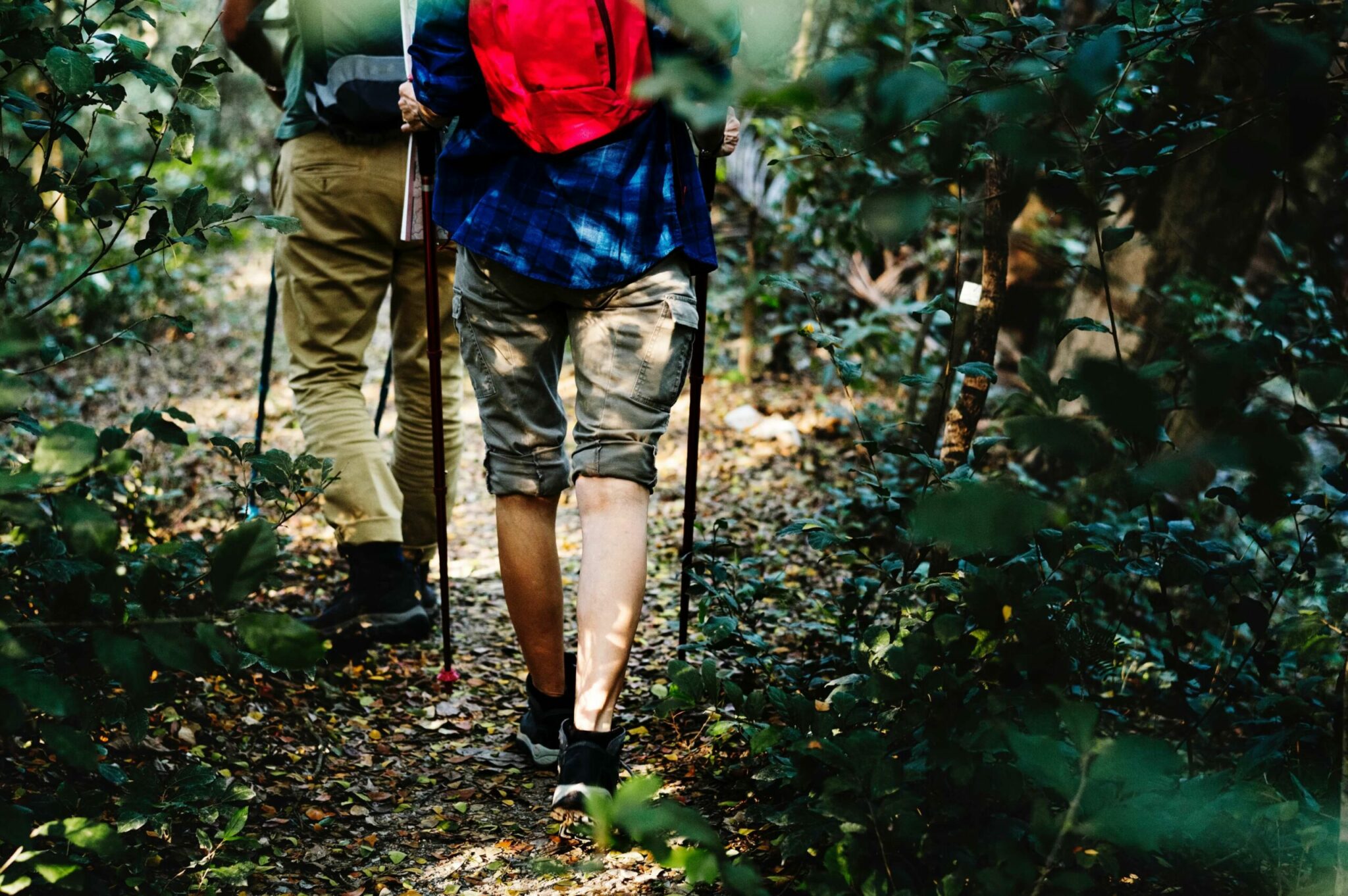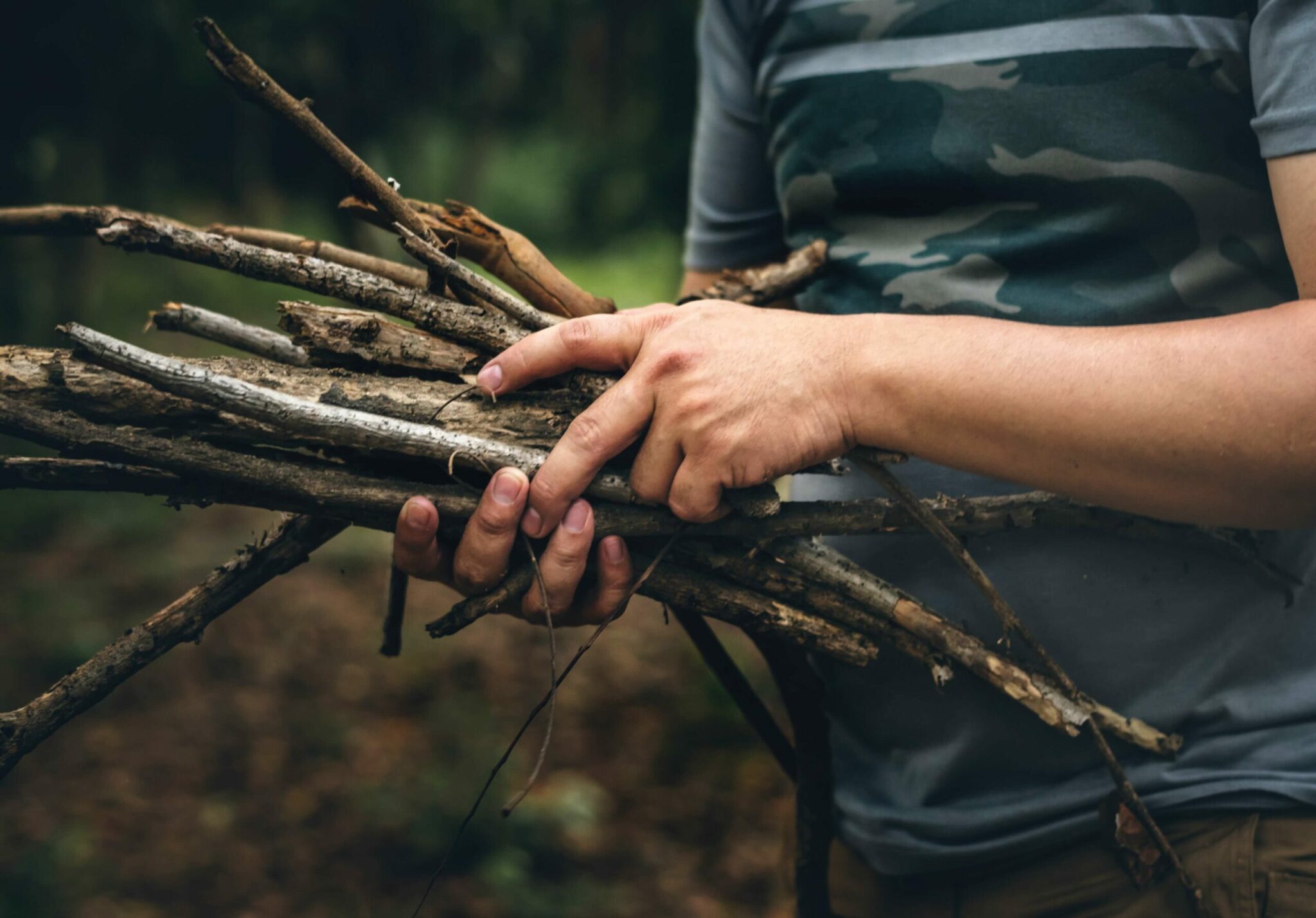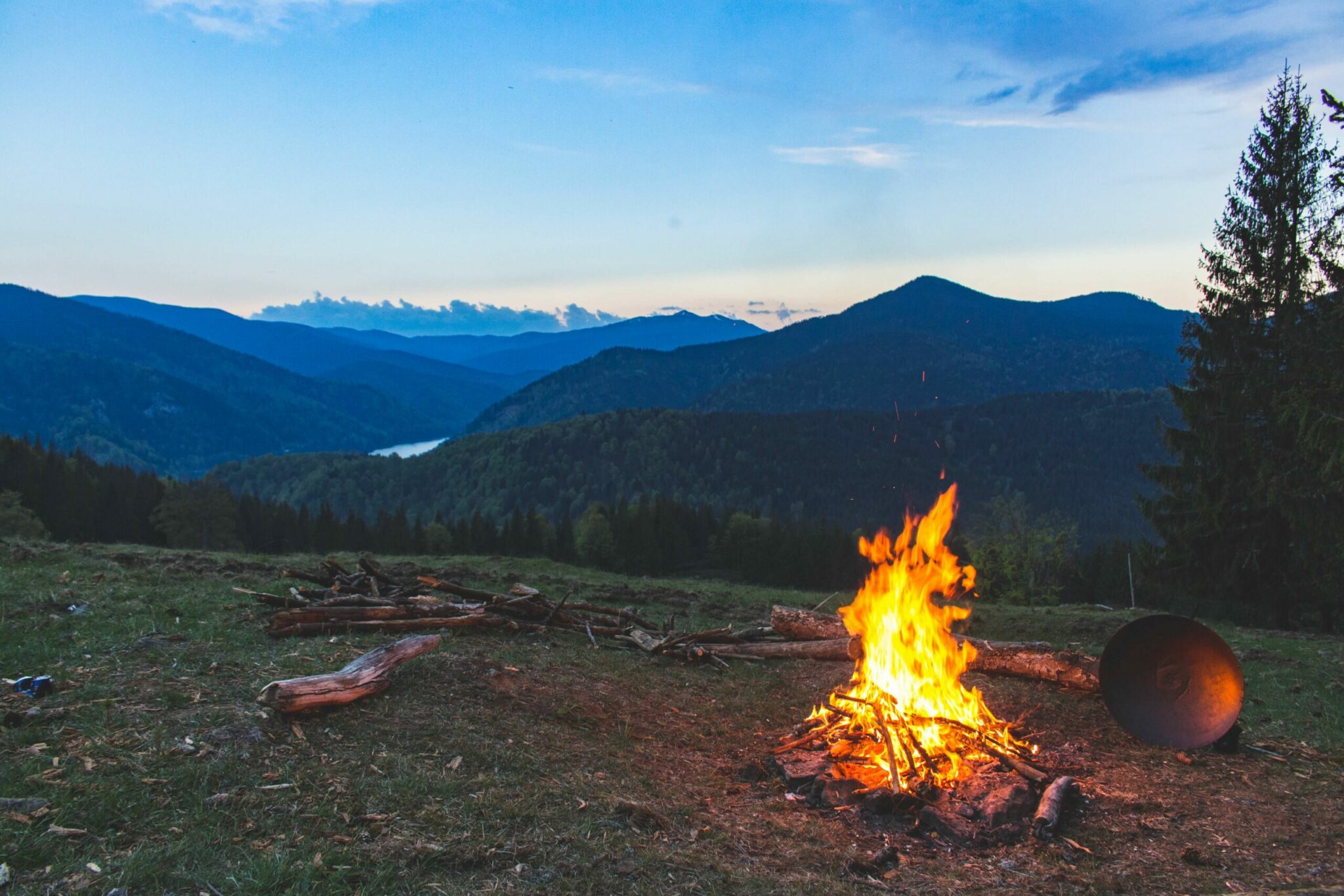While camping is fun, it is also important to stay safe! Here are some helpful tips from the Centers for Disease Control & Smokey the Bear for safety during your camping trip. Safe campers are happy campers!

Camping Safety
Prepare your food safely
Plan Safe Physical Activity

Avoid Carbon Monoxide Poisoning
Avoiding Wild Animals
Repelling Insects
Sun Protection
Preventing Temperature Related Illness
In addition to these safety preparations, make sure you know the campsite contacts in case of emergencies. Bring essentials like GPS, flashlights and first aid kits to remain prepared. Let others know your camping plans so they know where to find you in case of an emergency. Last but not least, keep an eye on weather reports so you can plan accordingly.
Once you are safely prepared for your camping trip and arrive at your destination, it is best to become familiar with the area so you can practice Forest Fire Prevention. Another important and safe part of camping!


Remember, it is your responsibility to pack out anything you packed in, including trash.
If you follow all of these safety precautions, you not only will have a safe trip, but a fun one as well!
© 2023 WOODCHUCK DELIVERY ALL RIGHTS RESERVED